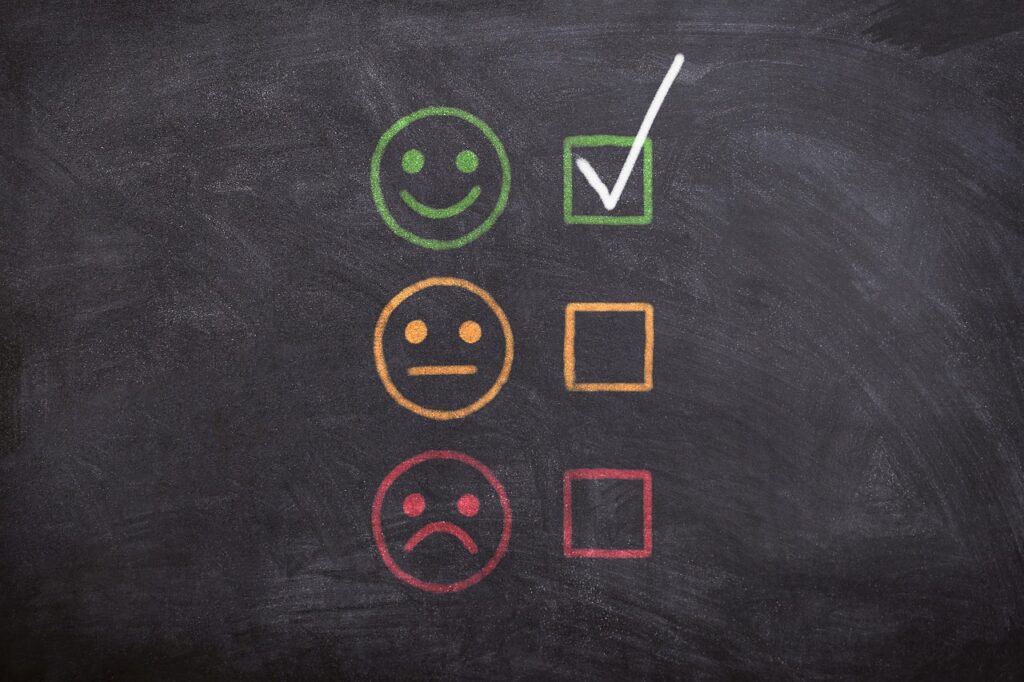Whistleblowing is undeniably one of the most effective means to detect and prevent corruption, unethical behaviour, and various forms of malpractice within organizations. It serves as a critical watchdog, shedding light on hidden wrongdoings that might otherwise go unnoticed. However, employers and organizations find themselves grappling with a difficult challenge when it comes to whistleblowing: mitigating and preventing false claims.
In the pursuit of justice and transparency, it’s essential to strike a delicate balance. On one hand, protecting genuine whistleblowers who step forward with legitimate concerns is crucial for maintaining accountability and fostering ethical environments. On the other hand, safeguarding against malicious or baseless accusations is equally vital to prevent reputational harm, financial strain, and the erosion of trust within organizations.

In this article, we delve into the complex landscape of whistleblowing and the inherent dilemma it poses – the fine line between encouraging truth-telling and averting the potential misuse of the system. We explore the various challenges organizations face in distinguishing between authentic whistleblower disclosures and false claims, as well as strategies they can employ to navigate this intricate terrain while upholding their commitment to integrity and ethical conduct. Ultimately, the aim is to provide guidance and insights into striking the right balance to ensure that the whistleblowing process remains a powerful tool for justice without compromising its credibility.
Understanding the Challenges of Whistleblowing
- Verification Challenges
The process of differentiating between authentic disclosures and false claims is often impeded by the complex nature of the information provided by whistleblowers. This complexity can manifest in various forms, such as technical jargon, legal intricacies, or sector-specific practices, which are not easily understandable for those outside the respective field. Additionally, whistleblowers frequently rely on subjective observations or indirect evidence, such as hearsay, patterns of behaviour, or circumstantial evidence that suggests but does not conclusively prove wrongdoing. This type of evidence necessitates careful analysis to separate perception from reality.
Moreover, corroborating the claims of a whistleblower can be exceptionally challenging, especially when the alleged misconduct is deeply concealed or involves high-ranking officials and there may be a lack of cooperative witnesses or accessible documentation. Furthermore, the timeliness and relevance of the information can also pose a challenge, as the data provided might be outdated or no longer pertinent at the time of reporting, making the verification process more difficult.
- Motivational Analysis
Understanding the motivations behind a whistleblower’s actions is crucial for organizations. Whistleblowers may be driven by a diverse range of motives, from moral convictions to personal grievances, and their background and position within the organization can offer valuable insights into these motivations. However, the risk of internal politics influencing whistleblowing cannot be overlooked, as employees embroiled in organizational power struggles might use whistleblowing as a strategic tool. Additionally, external factors, such as the prospect of media attention or financial rewards from whistleblower programs, can sometimes incentivize individuals to exaggerate or fabricate claims. This adds another layer of complexity to the discernment process, necessitating a careful assessment of these external influences to evaluate the authenticity of a report.
- Legal and Ethical Implications
Navigating the legal and ethical implications of whistleblower claims is a significant challenge for organizations. Whistleblower protection laws, while crucial, often have grey areas that require careful interpretation, particularly in determining what constitutes retaliation. Moreover, balancing the confidentiality of the whistleblower with the need for a transparent and accountable investigation poses both legal and ethical dilemmas. When whistleblowers are found to have made false allegations intentionally, handling these cases involves complex legal and ethical considerations, including ensuring that any disciplinary action taken does not inadvertently discourage future genuine whistleblowers.
- Reputational Risks and Trust Issues
The impact of false claims on an organization’s reputation can be profound and immediate, with public perception often being swayed before any formal investigation is completed. In today’s digital age, where information spreads rapidly, reputational damage can occur swiftly and have long-lasting effects. Furthermore, repeated instances of false claims can lead to a culture of scepticism, eroding trust in the organization’s operations and integrity. This erosion of trust can have far-reaching implications, including decreased employee morale and a general lack of faith in organizational leadership and systems.

- Resource Allocation
Investigating whistleblower claims, whether authentic or not, demands significant resources in terms of time, money, and manpower. This can place a substantial strain on an organization’s resources, especially for smaller entities. The financial cost of conducting thorough investigations can be considerable, encompassing expenses for external investigators, legal fees, and potential operational disruptions. Moreover, organizations often face the challenge of prioritizing which claims to investigate, especially when resources are limited, leading to tough decisions about which allegations are pursued. The diversion of resources to handle these claims can also impact operational efficiency, forcing management to balance the need for investigation with maintaining regular business operations.
Strategies for Mitigating Challenges with Whistleblowing
Implementing Robust Verification Processes
To effectively manage the complexities of verifying whistleblower claims, organizations should enhance their investigative techniques. This involves utilizing investigative methods and technologies, such as the utilisation of the PEACE model, that can aid in accurately verifying the authenticity of claims. Employing such techniques helps in dissecting complex information and evaluating indirect or subjective evidence more effectively.
The involvement of legal and industry experts in the verification process can also aid with this by bringing specialized knowledge and experience that can be instrumental in assessing the credibility of disclosures and ensuring that investigations are thorough and impartial. By improving investigative capabilities and leveraging expert insights, organizations can significantly enhance their ability to distinguish between genuine and false claims, thereby strengthening the integrity of their whistleblowing process.
Fostering a Culture of Ethical Whistleblowing
Creating an organizational culture that supports ethical whistleblowing is fundamental in mitigating false claims. This can be achieved through comprehensive educational programs that inform employees about the importance and proper process of ethical whistleblowing. Such programs should focus on clarifying the motivations and responsibilities of whistleblowers, as well as the legal and ethical implications of making a disclosure. Additionally, establishing safe and secure reporting channels is essential. These channels should guarantee anonymity and protection to whistleblowers, thereby encouraging individuals with genuine concerns to step forward without fear of retaliation or prejudice. By fostering an environment that values transparency and ethical conduct, organizations can not only discourage false claims but also empower genuine whistleblowers to come forward.
Regular Audits and Feedback Mechanisms
Conducting regular audits of the whistleblowing process is a proactive strategy that helps in identifying patterns of misuse and areas for improvement. These audits should assess the effectiveness of existing mechanisms in handling claims and safeguarding whistleblowers. Implementing feedback loops is another important measure. This involves collecting and analyzing feedback from both whistleblowers and those implicated in the reports. Such feedback provides valuable insights that can be used to refine the whistleblowing process, making it more robust and credible. Regular reviews and updates to the process based on this feedback ensure that the system remains dynamic and responsive to the changing needs and challenges.

Legal and Ethical Compliance
Ensuring compliance with legal standards is critical in managing the complexities associated with whistleblower claims. Organizations should regularly review and align their whistleblowing policies with the latest legal requirements and best practices. This helps in navigating the legal grey areas and ensures that the organization’s approach to handling whistleblower claims is both legally sound and ethically responsible. Establishing clear ethical guidelines for handling whistleblowing claims is equally important. These guidelines should outline the principles and procedures for investigating claims, protecting whistleblowers, and dealing with false allegations. By adhering to these legal and ethical standards, organizations can effectively balance the need for accountability and transparency with the protection of individuals involved in the whistleblowing process.
Navigating the whistleblowing terrain requires a nuanced approach that balances the need for transparency and accountability with the challenges of verifying the authenticity of claims. By implementing robust verification processes, fostering an ethical culture, and adhering to legal and ethical standards, organizations can better manage the delicate balance between encouraging genuine disclosures and preventing false claims.
Table of Contents
Let's Get Started
Interested in learning more about how Polonious can help?
Get a free consultation or demo with one of our experts




